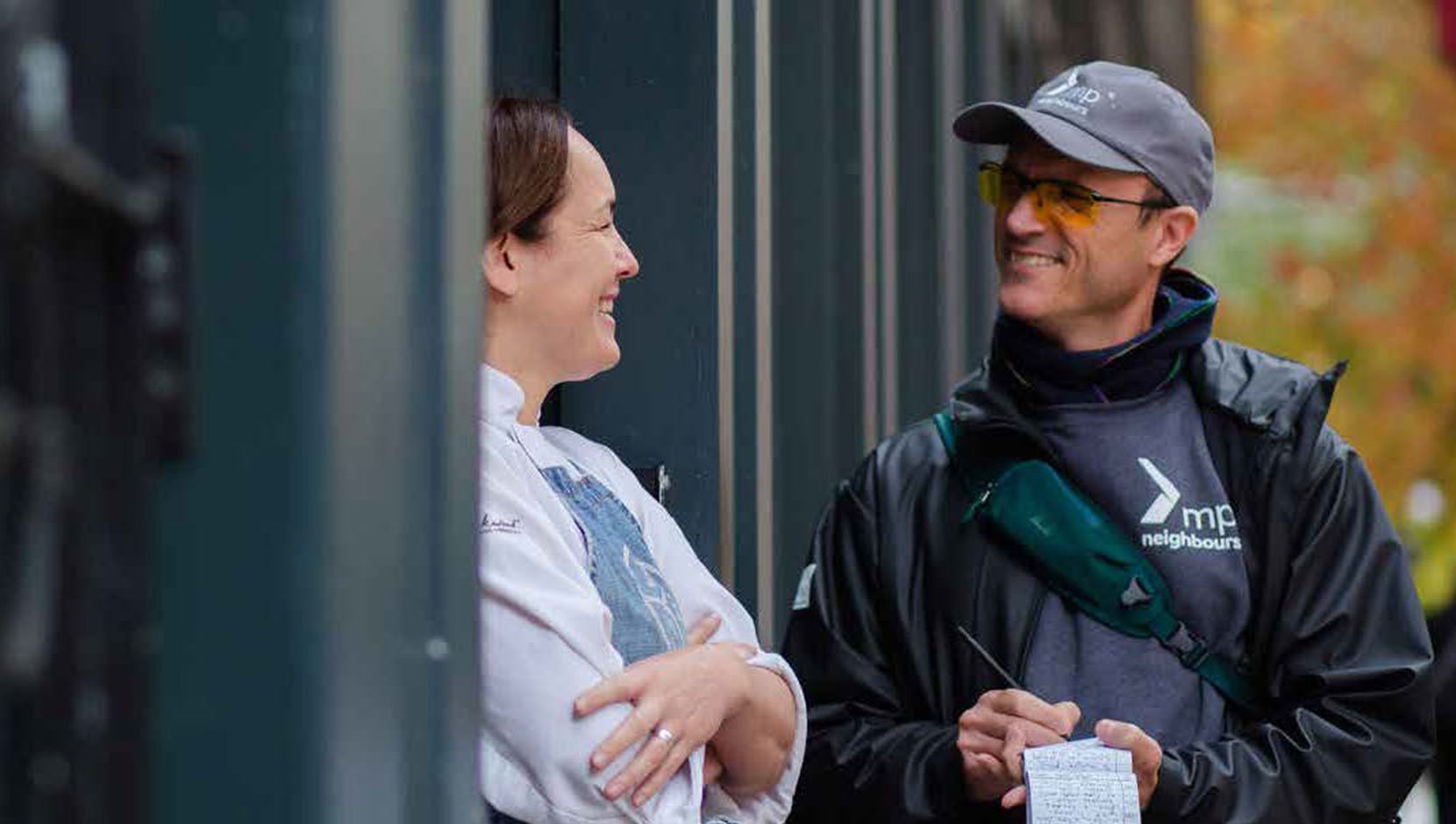Mission Possible Fills Community Need

In 2007, the leadership team of Mission Possible held focus groups and surveyed residents living in Vancouver’s Downtown Eastside.
The top issue after the need for more adequate housing was the lack of employment opportunities available to those challenged by poverty.
Employer Case Study: Mission Possible
While many residents had the desire and ability to work, their disabilities and various barriers to traditional employment made accessing work difficult. They felt overlooked simply for where they live or because they need flexibility and are not able to work full-time.
In response to this need, Mission Possible began to create exterior property cleaning jobs.
To help facilitate more people moving into employment opportunities, Mission Possible developed a model that begins with training that focuses on soft-skill development. This is complemented by regular employment coaching with trained staff.
And finally, transitional employment is offered in their social enterprise that allows individuals to start out at a manageable pace and increase their workload based on their personal capacity.
The goal is to offer recent, supported work experience as a stepping stone into a permanent job with another employer—like you!
This supportive employment approach creates impact that is real and highly visible! Those who have not worked for years quickly begin to see their physical and mental health improve, their stress levels decrease, and their sense of confidence and dignity soar. They also begin to break out of isolation and feel more connected and included in the community and economy. And many are able to access more adequate housing with the additional income they can earn.
Fast-forward a decade and this impact has continued with demonstrable success.
Mission Possible, along with multiple other social enterprises in Vancouver collectively generate over $16M in revenue, employing over 2,200 individuals with barriers to employment.
The key piece to this achievement is due to the supportive practices of social enterprises.
The majority of the individuals employed are able to succeed not because of extensive classroom training, but because they are hired by employers who recognize that although they have experienced trauma, illness, accidents, or other challenges in their lives, they have gifts, talents, assets and abilities to offer.
They simply need a supervisor who has the right mix of empathy and best practices to help them thrive.
This case study is an excerpt from the B2B Untapped Talent Guide to Innovative Hiring and Retention.